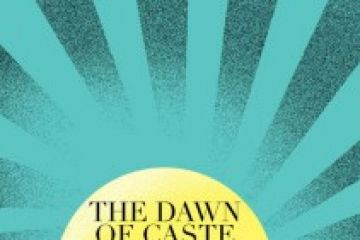
A 20-kilometre drive
towards Bangalore from the Kempegowda International Airport brings you to the
gates of Gandhi Krishi Vignan Kendra (GKVK), the sprawling campus of the
state-run University of Agricultural Sciences. A public road lies behind these
gates, lined by fields of short mango trees. Turn left at a Ganesha temple and
you soon reach a pair of imposing gates manned by a large number of security
guards.
Behind the uninviting
gates lies a dull grey stone edifice with boxy archit





